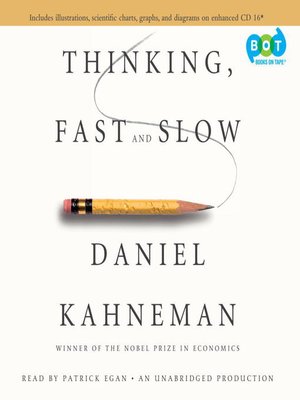

We overlook statistics in other ways: if we are given descriptions about a fictional person who fits the stereotype of a computer science student (Kahneman names him Tom W), we will overestimate the probability that he actually belongs to that group, as the number of computer science students is actually quite small relative to other fields. If asked to estimate the frequency of a thing or event (like people who divorce over the age of 60), it is rare that we will try to calculate the basic statistical rate and instead we will overestimate if we can think of vivid examples of that thing, or have personal experience with that thing or event. If we are asked to estimate a number and are given a number to anchor us (like asking if Gandhi was over 35 when he died, and then asking how old Gandhi was when he died), that anchor will have a large effect on our estimation. Our brains also have the tendency to construct stories about statistical data, even if there is no true cause to explain certain statistical information. This leads us to make decisions on insufficient data. Our brains have a difficult time with statistics, and we often don’t understand that small samples are inherently more extreme than large samples. The second part of the book focuses on biases in calculations. System 1 also causes us to substitute easier questions for hard ones, like “What is my mood right now?” for the question “How happy am I these days?”

This in turn causes us to like (or dislike) everything about a person, place or thing (the halo effect). System 1 also tends to search for examples that confirm our previously held beliefs (the confirmation bias). Kahneman elaborates on System 1’s biases: sentences that are easier to compute and more familiar seem truer than sentences that require additional thought (a feeling called cognitive ease).

But this causes errors, particularly because System 1 has biases and can be easily affected by various environmental stimuli (called priming). System 2 requires more effort, and thus we tend to be lazy and rely on System 1. System 2 is responsible for thoughts and actions that require attention and deliberation: solving problems, reasoning, and concentrating. We use it to calculate simple math problems, read simple sentences, or recognize objects as belonging to a category. System 1 operates automatically, intuitively, and involuntarily. Daniel Kahneman begins by laying out his idea of the two major cognitive systems that comprise the brain, which he calls System 1 and System 2.


 0 kommentar(er)
0 kommentar(er)
